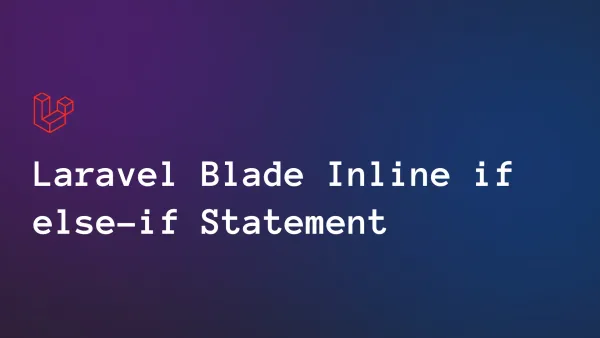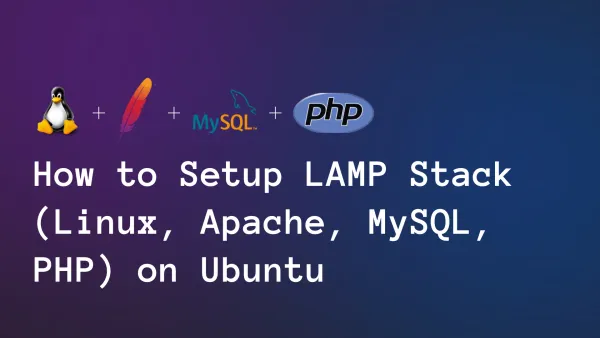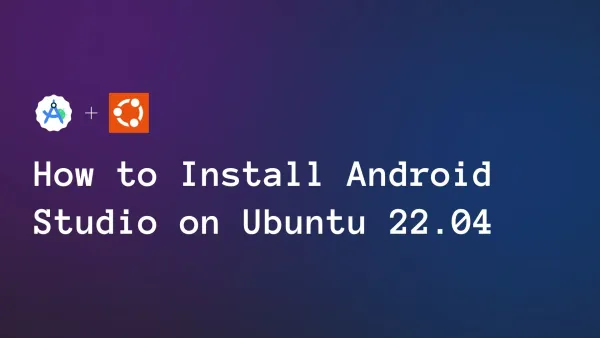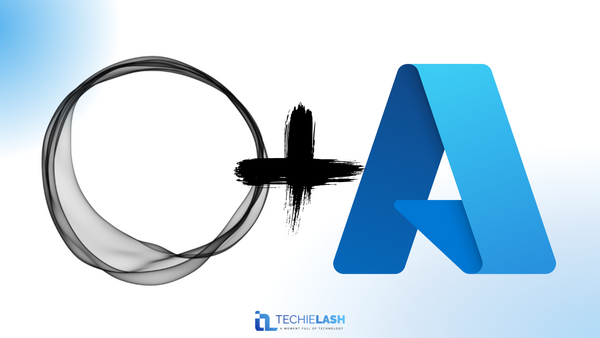Go Programming Language: Everything You Need to Know
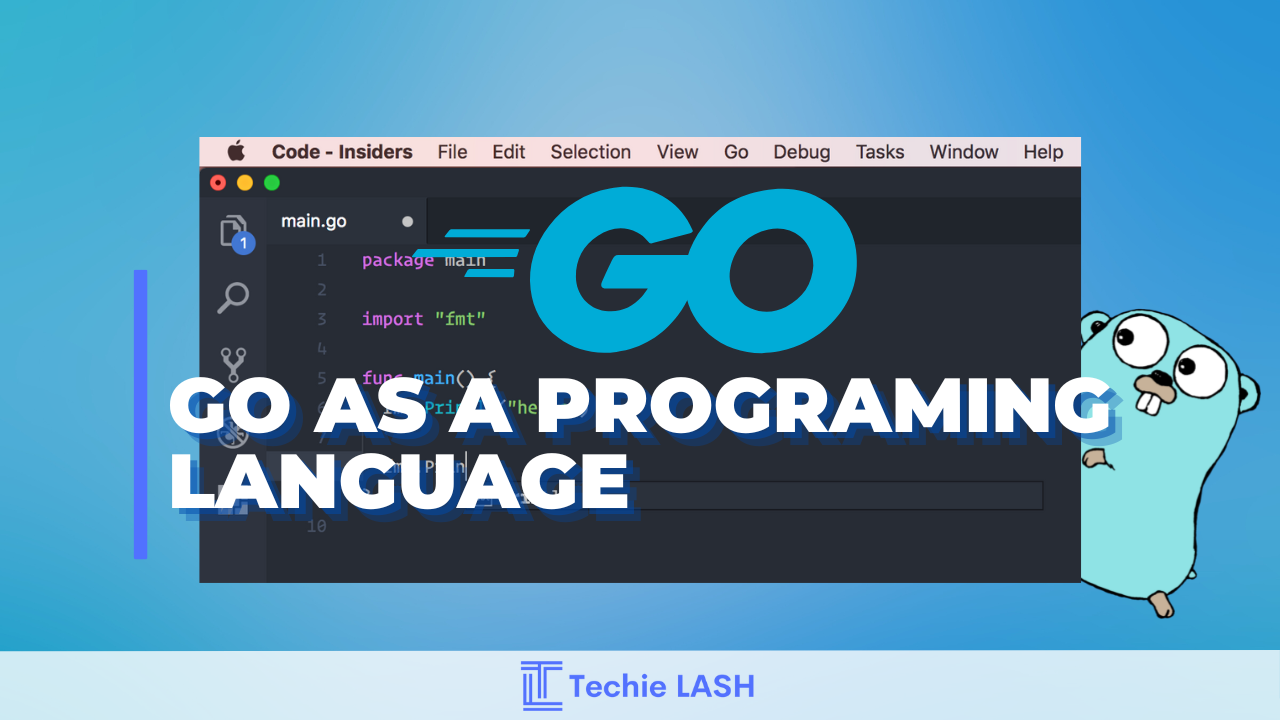
What is Go?
Go programming language, commonly called Golang, is an open-source programming language that Robert Griesemer, Rob Pike, and Ken Thompson developed at Google in 2007. He created the Go as a straightforward, quick, and dependable language. So actually, Go is simple to understand and use. Similar to C in syntax, but with extras like concurrency support, garbage collection, and memory safety.
Building web servers, network tools, system software, and other applications that need great performance and scalability frequently employs the Go programming language. Its minimal weight and capability for parallel processing make it especially well-suited for cloud-native apps and microservices.
Some key features of the Go language include:
- Fast compile times.
- Efficient memory management.
- Built-in concurrency support with goroutines and channels.
- Static typing with type inference.
- Cross-platform support for major operating systems and architectures.
- Built-in tools for testing, profiling, and debugging
Google, Uber, Dropbox, and Docker are using Go as a programming language. Go has been more popular recently. And also, it is used extensively by other businesses.
How to start learning the Go language
Learning Go can help you become a better programmer and make speedy, dependable, and efficient apps. Let's see the step on step how to start learning the Go language:
Installing Go: You should install the Go programming language on your computer as the first step. Then you can download the most recent Go version from the official website.
Practice the essential things:
Another step is obtaining the basics of the language. Here, you should learn syntax, data types, control structures, and functions in the Go language. So you can refer to online tutorials, courses, and also the official Go documentation to learn Go.
Practice coding:
The best approach to learning Go is to practice coding, just as with any other programming language. Start with simple tasks and progress to more complicated applications over time. As well as you can find out the online coding challenges and activities of the Go programming language. Then you can Go into programming abilities.
Join the Go community:
Actually, the Go programming community is vibrant and supportive. And also you have access to a wealth of resources. Because of that, can learn and develop your skills.
How to connect with other Go developers
- Join online forums
- attend meetups
- participate in online communities
- learn from their experiences
Try to generate projects:
You should build practical projects. So, it is the best approach to honing your Go programming abilities. You can choose a problem you wish to solve. Next, start developing an application to tackle it. This will enable you to improve your abilities. Not only that, acquire more language proficiency.
Actually, learning is so funny. you can master the language with some hard work. Then in near future, can build up effective applications.
Use of Go in front- or back-end development
Although developers use Go for front-end development to some extent, Go is generally utilized for back-end development.
Back-end developers frequently use Go in back-end development to create web servers and APIs.Because it is quick, effective, and includes built-in concurrency support. Numerous packages in the Go standard library help build web applications, including packages for dealing with HTTP requests and responses, templates, and encryption.
Not only that, front-end developers use Go in front-end development to automate processes. It is like creating and testing front-end code, as well as compiling and bundling JavaScript and CSS files. Go is not often utilized to create web applications' client-side functionality or user interface.
What websites use the Go programming language?
Many well-known websites and web applications construct their back ends using Go as their primary programming language. These are a few instances:
Dropbox:
Dropbox widely uses Go for its backend services. Including traffic proxies, data storage systems, and analytical tools.
Uber:
Uber builds its distributed systems, real-time data pipelines, ride tracking, and dispatching systems using Go.
The New York Times:
They power Go as the content management system and article recommendation engine.
Twitch:
For its chat system and several other backend services, Twitch employs Go.
Docker:
Go was helpful to build Docker as the containerization platform. Docker was developed and mainly relies on Go for its APIs and backend services.
SoundCloud:
For its API servers and other backend services, SoundCloud employs Go.
BBC:
BBC used Goby for its backend systems, video transcoding services, and content management systems.
What is the most widely utilized Go land idea worldwide, and what are the other ideas which applied to Go
The GoLand IDE (Integrated Development Environment), created by JetBrains, is most likely the most well-known for Go programming. GoLand is an effective tool for creating Go applications because it comes with features like code completion, debugging, refactoring, and version control integration.
Moreover, other alternative IDEs can be used for Go programming, such as:
The popular cross-platform code editor Visual Studio Code has a full Go extension that offers functions like code completion, debugging, and formatting.
Another well-known cross-platform code editor is Atom, which contains a Go plugin that offers functions like code completion, formatting, and linting.
Sublime Text is the most widely used IDE (Integrated Development Environment) for Go programming. A Go plugin for the lightweight text editor Sublime Text adds functions like syntax highlighting, code completion, and formatting.
LiteIDE is a straightforward and compact IDE created especially for Go programming. It offers functions including project management, code completion, and debugging.
In general, the selection of an IDE is based on personal preference and the particular requirements of the project. Although GoLand is a well-known and effective IDE for Go programming, several other choices can be utilized to create high-caliber Go apps. GoLand is a product of JetBrains.
Go offers several well-known frameworks and packages
These frameworks and packages can speed up the development of web services and apps.
Gin: Gin is a quick and effective web framework that is lightweight. It offers capabilities including request handling, middleware, and routing.
Echo: Echo is a different slim web framework that aims to be quick and simple to use. It has a high-performance focus and offers features like routing, middleware, and request processing.
Beego: A full-stack web framework called Beego has capabilities including an ORM, an MVC design, and automatic API building. It has a lot of built-in tools and is made to be simple to use.
Revel: Revel is a full-stack web framework including components like templates, controllers, and routing. It has several built-in features for basic web development jobs and is made to be simple to learn.
Gorilla is a collection of libraries and tools that may be used to create web services and apps in Go. A router, a Web Sockets library, and a sessions library are some of their features.
These are only a few of the numerous frameworks and libraries that may be used to construct Go applications. Depending on the specific requirements of the project and the complexity of the application, developers may opt to utilize one or more frameworks.


